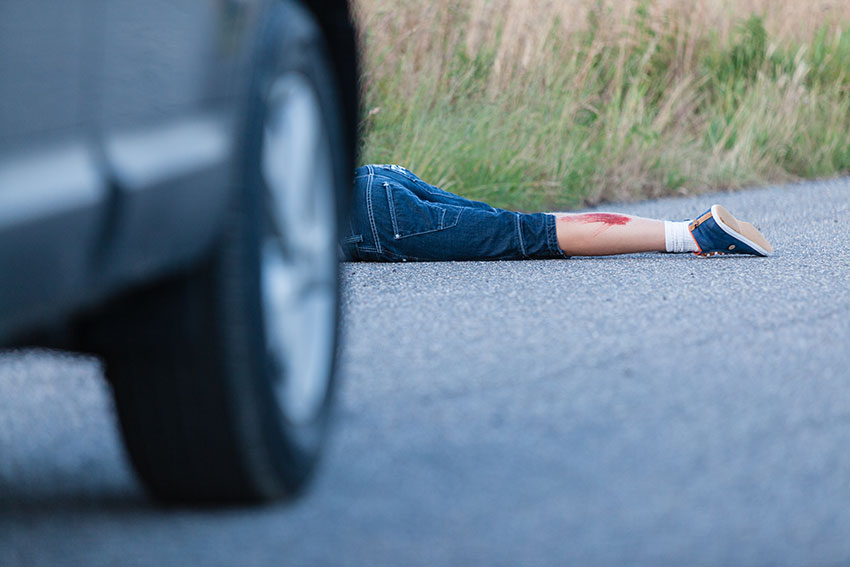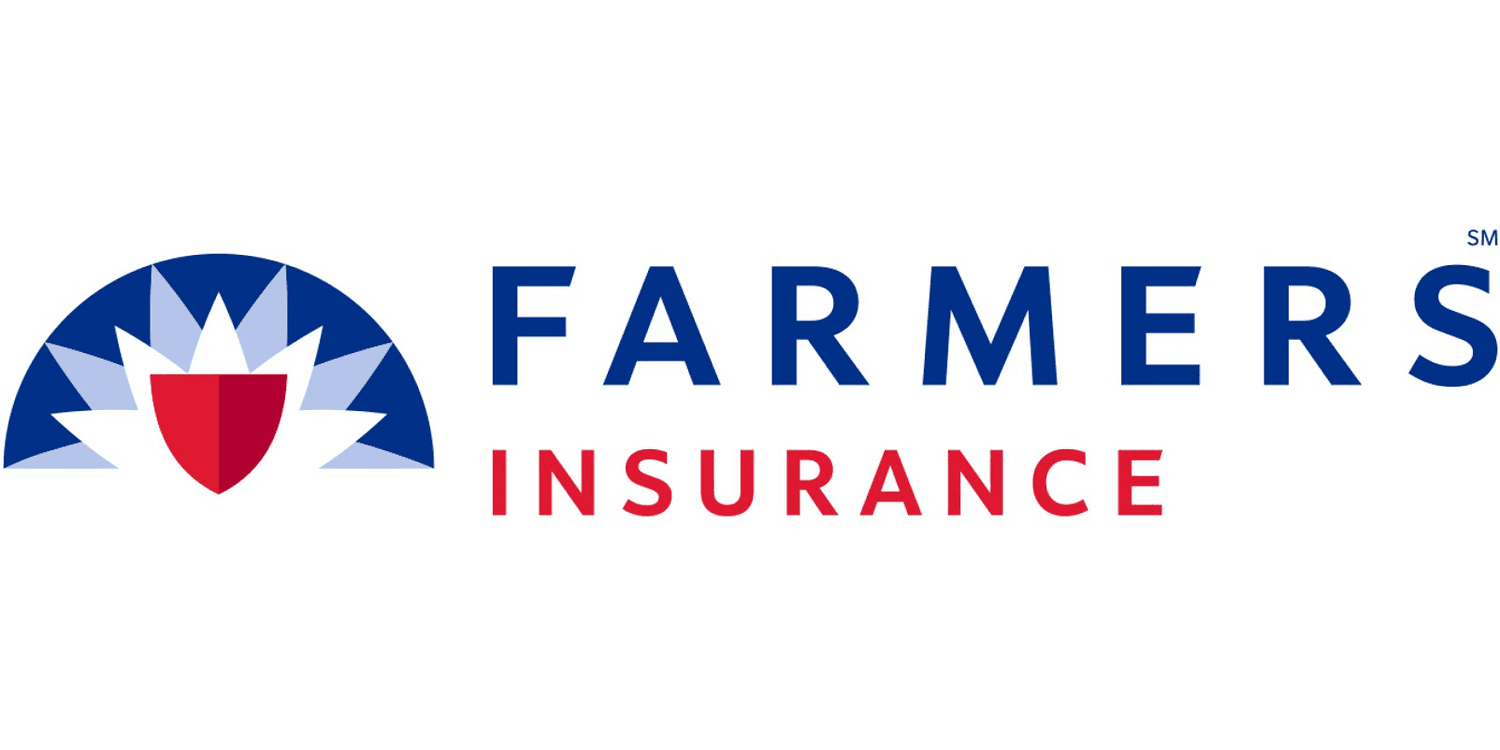Faalavelave taufetuli are among the most frustrating and devastating experiences for victims. When a avetaʻavale flees the scene of an accident, it leaves victims feeling helpless and unsure of how to recover taui mo o latou manu’a ma faʻaleagaina. At 770Tulafono Lelei, we understand the challenges you face and are here to help. Our experienced legal team is dedicated to holding negligent drivers accountable and ensuring you receive the justice and taui e tatau ia te oe.
What is a Hit-and-Run Accident?
A hit-and-run accident occurs when a avetaʻavale aofia ai i osofaiga leaves the scene without providing their contact information, assisting injured parties, or reporting the incident to authorities. These accidents can involve:
- Tagata savavali: A avetaʻavale hits a tagata savali and flees the scene.
- Tagata tietie uila: A motorist strikes a cyclist and drives away.
- Other Vehicles: A avetaʻavale causes an accident with another car and leaves without stopping.
Hit-and-run accidents are not only illegal but also morally reprehensible. They leave victims to deal with physical injuries, emotional trauma, and financial burdens on their own.
Why Do Drivers Flee the Scene?
E tele mafuaaga e a avetaʻavale might flee the scene of an accident, including:
- Fear of Consequences: le avetaʻavale may be uninsured, driving under the influence, or have a suspended license.
- Lack of Responsibility: Some drivers simply don’t want to take responsibility for their actions.
- Popole: In the heat of the moment, a avetaʻavale may panic and make the irrational decision to flee.
Regardless of the reason, leaving the scene of an accident is a crime, and victims have the right to pursue justice.
What to Do After a Hit-and-Run Accident
If you’ve been involved in a hit-and-run accident, it’s important to take the following steps to protect your rights and strengthen your case:
- Saili Togafitiga Fomai: Your health is the top priority. Seek medical care immediately, even if your injuries seem minor.
- Lipoti le Faalavelave: Contact the police and file a report. Provide as much detail as possible about the accident and the fleeing vehicle.
- Faapotopoto Molimau: If you’re able, collect faamatalaga molimau at the scene, such as photos, molimau statements, and any debris left by the fleeing vehicle.
- Faailoa lau o inisiua kamupani: Lipoti le faalavelave ia oe inisiua provider, but avoid giving a recorded statement until you’ve consulted with an attorney.
- Contact 770GoodLaw: Our experienced legal team can help you navigate the complexities of your case and fight for the taui e tatau ia te oe.
Fa'afefea ona Fesoasoani 770GoodLaw ia Oe
At 770Tulafono Lelei, we specialize in helping hit-and-run accident victims recover the taui they need to heal and move forward. Here’s how we can assist you:
- Su'esu'ega mae'ae'a: We’ll work with law enforcement and use advanced tools to identify the at-fault avetaʻavale.
- o inisiua Talosaga: We’ll help you file a āiā ma oe lava inisiua company under your uninsured motorist (UM) or osofaiga aofia ai.
- Legal Advocacy: Afai o le sese avetaʻavale is found, we’ll pursue a manua patino āiā against them to recover faʻaleagaina.
- Faʻateleina taui: We’ll fight to ensure you receive taui mo pili faafomai, leiloa totogi, tiga ma puapuaga, ma isi faʻaleagaina.
Aisea e Filifili ai 770GoodLaw?
- aafiaga: Our legal team has extensive experience handling hit-and-run cases and understands the unique challenges they present.
- Agaalofa: We know how overwhelming hit-and-run accidents can be, and we’re here to provide personalized, compassionate support.
- Fa'ai'uga-Ta'usa'o: We are committed to achieving the best possible outcome for our clients, whether through faʻavae or moliaga.








